Deep in the wilderness of Ontario’s vast parks, a revolutionary technology is transforming how we understand and protect wildlife. Bio-GPS, a groundbreaking fusion of biological tracking and satellite technology, now allows researchers to follow animals’ movements with unprecedented precision – from the majestic migrations of Canada geese to the secretive wanderings of endangered woodland caribou.
Unlike traditional tracking methods, bio-GPS devices are lightweight, long-lasting, and provide real-time data about an animal’s location, behavior, and even vital signs. These sophisticated trackers, some weighing less than a paperclip, have already helped conservation teams discover previously unknown migration routes, identify critical habitats, and respond swiftly to animals in distress.
For visitors to Ontario’s parks, this invisible network of tracked wildlife offers a window into the hidden lives of our forest neighbors. While the animals move freely through their natural habitat, their digital footprints are helping scientists build a more complete picture of our ecosystem and enabling more effective conservation strategies for future generations.
How Bio-GPS Works in the Wild
Beyond Simple Location Tracking
Modern bio-GPS devices do much more than just pinpoint an animal’s location – they’re incredible windows into wildlife health and behavior. Thanks to advanced smart sensor technology, these tiny devices can monitor an animal’s heart rate, body temperature, and even detailed movement patterns throughout the day.
Imagine knowing not just where a moose is wandering in Algonquin Park, but whether it’s sleeping peacefully, running from a predator, or perhaps showing signs of illness. These bio-sensors can detect subtle changes in body temperature that might indicate stress or sickness, helping wildlife managers respond quickly to potential health issues.
The movement data is particularly fascinating – we can now tell if an animal is grazing, swimming, or climbing. This helps us understand daily routines and how wildlife adapts to changing environments. For instance, we’ve learned that some species are shifting their active hours to cooler parts of the day as our climate warms.
These insights are invaluable for conservation efforts and help us be better stewards of Ontario’s magnificent wildlife. The next time you spot an animal with a tracking collar in one of our parks, remember – it’s helping us protect these creatures for future generations to enjoy.
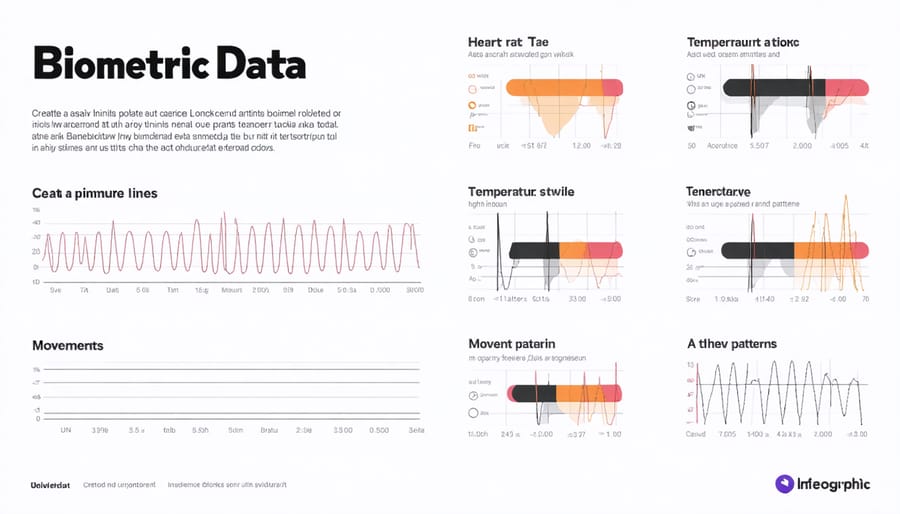
Smart Collars and Tiny Transmitters
From tiny backpack-style transmitters for songbirds to sophisticated GPS collars for moose and bears, wildlife tracking devices come in all shapes and sizes. Each device is carefully designed to be as lightweight and comfortable as possible, typically weighing less than 5% of the animal’s body weight.
For larger mammals, researchers use collar-style devices equipped with GPS technology, motion sensors, and sometimes even temperature gauges. These collars are padded and adjustable, ensuring they don’t interfere with the animal’s natural behaviors. Smaller creatures like rabbits and foxes often wear miniature versions of these collars, while birds sport lightweight backpack harnesses or tiny leg bands.
Some of the most fascinating devices are the micro-transmitters used for tracking insects and small amphibians. These ultra-lightweight units, some weighing less than a paperclip, are carefully glued to the creature’s back using special wildlife-safe adhesives that naturally wear off over time.
Here in Ontario, researchers have become experts at fitting these devices during brief handling sessions, always prioritizing the animal’s comfort and safety while collecting valuable data about their movements and behaviors.
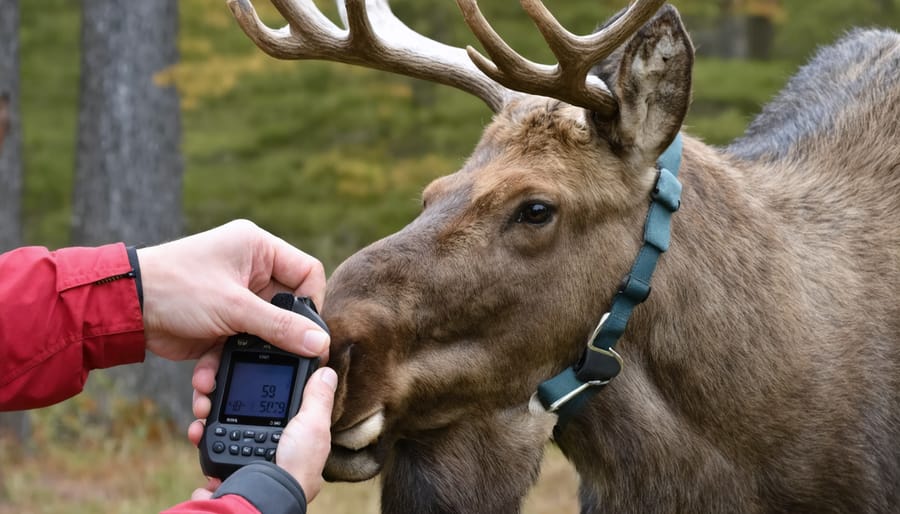
Success Stories from Ontario’s Parks
Tracking Moose Migration Patterns
In the heart of Frontenac Provincial Park, an innovative wildlife monitoring program is revealing fascinating insights into moose behavior and migration patterns. Since 2019, park biologists have been using bio-GPS collars to track a group of fifteen moose, providing unprecedented data about their movements throughout the seasons.
These high-tech collars transmit location data every four hours, creating detailed maps of moose travel routes and preferred habitats. The data has shown that Frontenac’s moose typically travel between 2-5 kilometers daily, with increased movement during the fall rutting season. Interestingly, researchers discovered that the park’s moose population tends to gather in wetland areas during summer months, likely due to the abundance of aquatic plants and natural cooling spots.
“What’s remarkable is how this technology has changed our understanding of moose behavior,” says Dr. Sarah Thompson, lead wildlife biologist at Frontenac. “We’ve identified several previously unknown bedding areas and have even spotted new calving grounds that we can now better protect.”
The tracking program has also helped park managers make informed decisions about trail placement and timing of maintenance activities to minimize wildlife disturbance. Visitors can now view real-time moose movement data at the park’s interpretation center, offering a unique glimpse into the secret lives of these magnificent creatures while maintaining a safe distance that ensures their natural patterns remain undisturbed.
Protecting Endangered Species
In Ontario’s wilderness, bio-GPS tracking has become a game-changer for protecting our most vulnerable species. Take the endangered Blanding’s turtle, for instance – these yellow-throated creatures were quietly disappearing from our wetlands until tracking devices helped researchers understand their complex movement patterns and protect their critical nesting sites.
The success story of the threatened woodland caribou in northern Ontario shows just how valuable this technology can be. By tracking their seasonal migrations, conservationists have identified and protected essential winter feeding grounds, helping these majestic animals maintain their population numbers despite increasing pressure from development and climate change.
Here in Algonquin Park, researchers are using bio-GPS to monitor eastern wolves, gathering crucial data about pack territories and hunting patterns. This information helps park managers make informed decisions about trail placement and camping zones, ensuring both wildlife and visitors can safely share the park.
The technology has also revealed surprising insights about Ontario’s at-risk barn swallows. Tracking data showed these agile flyers need not just one habitat type, but a network of connected spaces to thrive. This discovery has led to more effective conservation strategies, including the protection of key stopover points along their migration routes.
Want to support these conservation efforts? Many Ontario parks offer citizen science programs where visitors can help researchers monitor tagged animals, turning your next outdoor adventure into a meaningful contribution to wildlife protection.
Visitor Experience and Wildlife Research
Wildlife Viewing Opportunities
Thanks to bio-GPS tracking data, visitors can now experience wildlife encounters more reliably and responsibly than ever before. Park naturalists use this information to identify prime viewing areas where animals frequently gather, creating designated observation points at a safe distance. These carefully selected locations allow visitors to spot local wildlife while minimizing disturbance to their natural behaviors.
Many Ontario parks have incorporated this tracking data into their visitor programs, offering guided tours that combine traditional naturalist knowledge with real-time animal movement patterns. Some locations even feature AR-enabled wildlife viewing experiences, where visitors can use their smartphones to learn about animal behaviors and preferred habitats.
Pro tip: Check the park’s website or visitor center for updated wildlife viewing maps based on recent tracking data. Early morning and dusk typically offer the best viewing opportunities, and remember to maintain respectful distances, use quiet voices, and never feed or approach the animals. By following these guidelines, you’ll help preserve these magnificent creatures while enjoying unforgettable wildlife encounters.
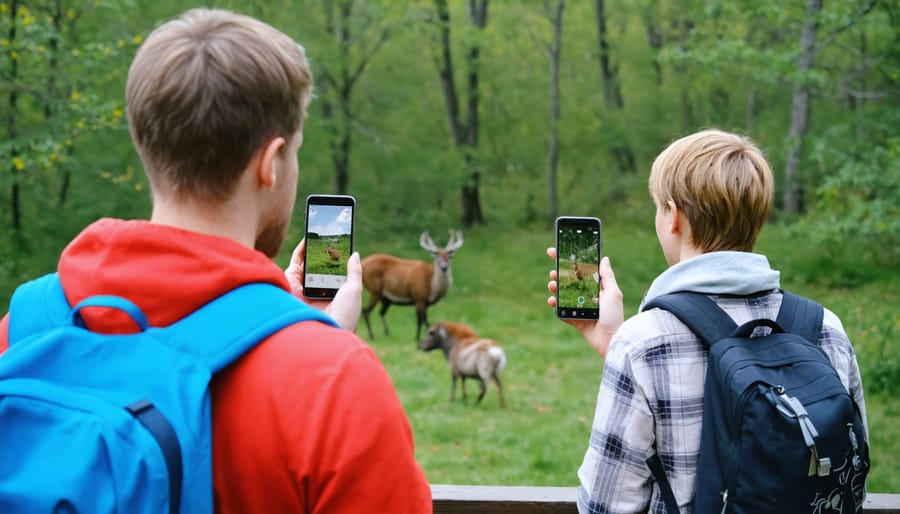
Citizen Science Programs
Ever wanted to be part of real wildlife research? Ontario’s parks and conservation areas offer exciting opportunities for visitors to contribute to wildlife tracking programs. Through user-friendly mobile apps and online platforms, you can record animal sightings, track migration patterns, and share valuable data with researchers.
One popular program is the Ontario Wildlife Tracker, where visitors use their smartphones to document wildlife encounters. Whether you spot a majestic moose in Algonquin or a rare bird species in Point Pelee, your observations help create a comprehensive picture of Ontario’s wildlife movements and behaviors.
For the tech-savvy nature enthusiast, many parks offer training sessions on using bio-GPS tracking equipment. You’ll learn how to read tracking signals, record data, and understand wildlife movement patterns. It’s a hands-on way to experience conservation science in action!
To get started, simply check with park visitor centers for current citizen science initiatives. Many programs are family-friendly and perfect for teaching kids about wildlife conservation. Remember to bring your smartphone, a power bank, and your curiosity – you might just help make the next big wildlife discovery!
The Future of Wildlife Tracking in Ontario
The future of wildlife tracking in Ontario looks incredibly promising, with groundbreaking technologies set to revolutionize how we monitor and protect our diverse wildlife populations. AI-enhanced tracking systems are becoming more sophisticated, allowing researchers to collect unprecedented amounts of data about animal behavior, migration patterns, and habitat use.
In the coming years, we can expect to see miniaturized tracking devices that can monitor even the smallest species, from salamanders to songbirds. These advanced sensors will be solar-powered and self-maintaining, providing continuous data streams without disturbing the animals’ natural behaviors.
The real game-changer will be the integration of these tracking systems with environmental databases. Imagine knowing not just where an animal is, but also understanding the temperature, humidity, and even pollution levels in their immediate surroundings. This comprehensive data will help conservation teams make more informed decisions about habitat protection and species management.
For visitors to Ontario’s parks, this technology will enhance wildlife viewing opportunities. Through mobile apps, you’ll be able to learn about animal movement patterns in real-time, increasing your chances of respectful wildlife observation. Some parks are already developing interactive educational programs that let visitors see tracking data visualization, making wildlife conservation more engaging and accessible to the public.
These developments will be crucial for protecting endangered species like the Blanding’s turtle and woodland caribou. By understanding their movements and needs better, we can create more effective conservation strategies and ensure these magnificent creatures continue to thrive in Ontario’s wilderness for generations to come.
Bio-GPS technology has revolutionized wildlife conservation in Ontario and beyond, offering unprecedented insights into animal behavior and migration patterns. Thanks to these tracking devices, we’re better equipped than ever to protect our precious wildlife and their habitats. When you visit Ontario’s parks and witness a majestic moose or spot a rare bird, remember that behind the scenes, dedicated researchers are using bio-GPS to ensure these incredible creatures thrive for generations to come.
As responsible nature enthusiasts, we can support these conservation efforts by maintaining respectful distances from wildlife, staying on marked trails, and sharing our observations with park staff. Consider downloading wildlife tracking apps or joining citizen science programs to contribute to ongoing research. Together, we can help create a future where technology and nature work in harmony, preserving Ontario’s rich biodiversity for everyone to enjoy.

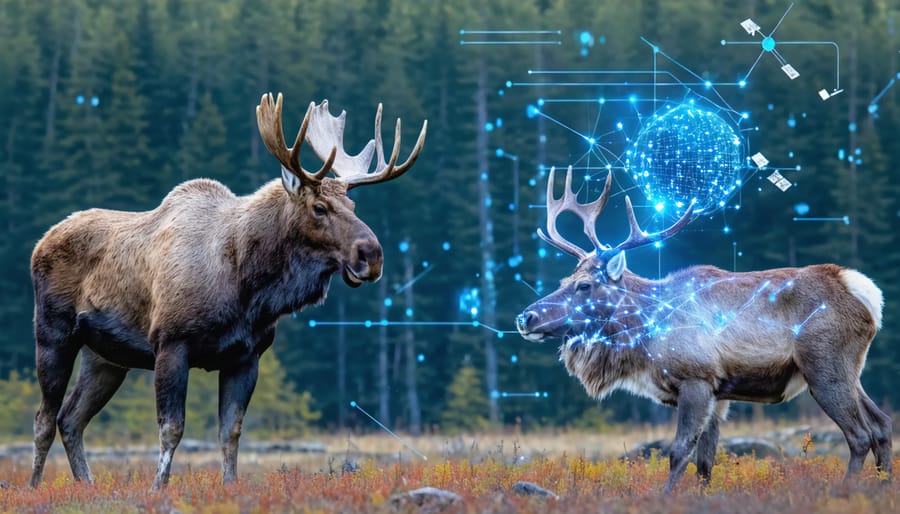
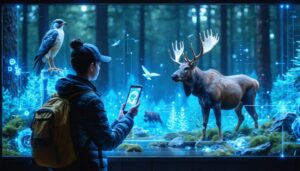

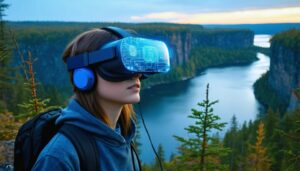

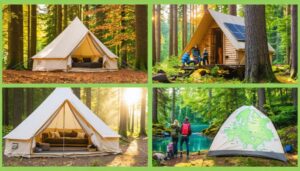
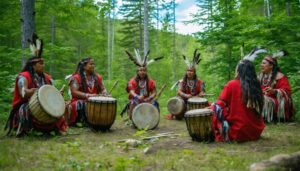
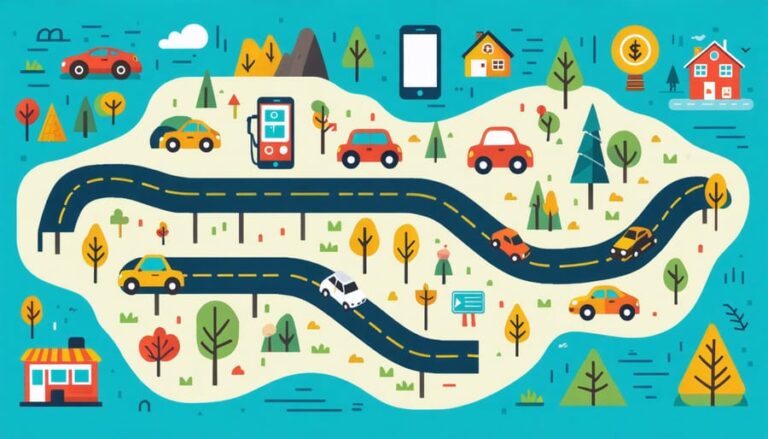
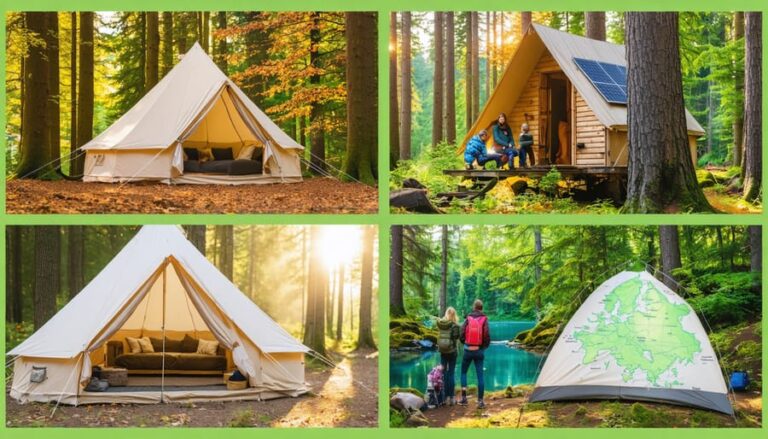
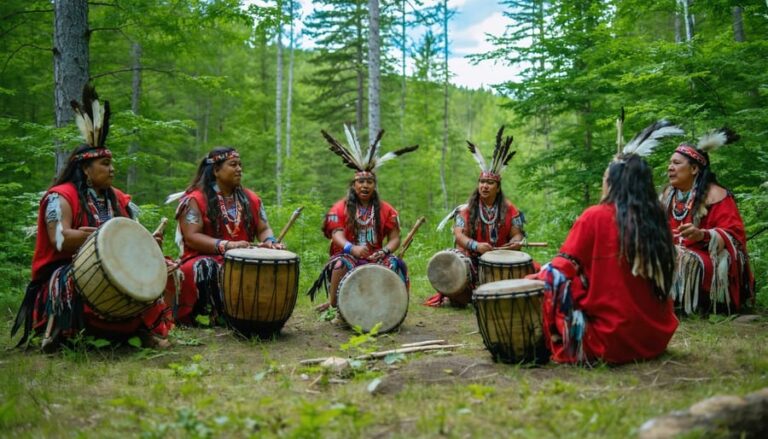
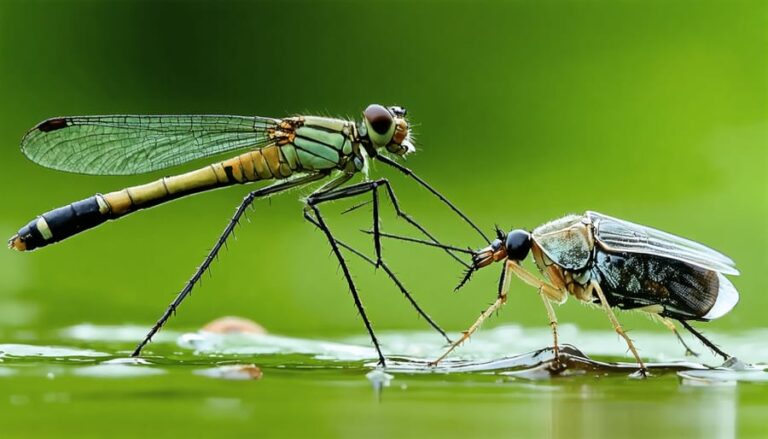
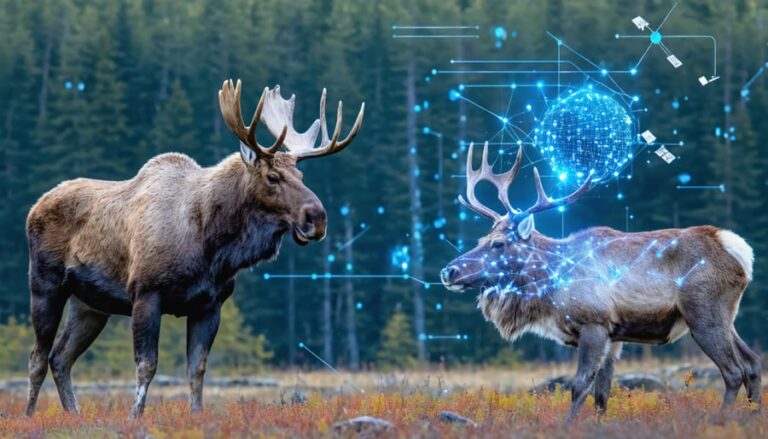

+ There are no comments
Add yours